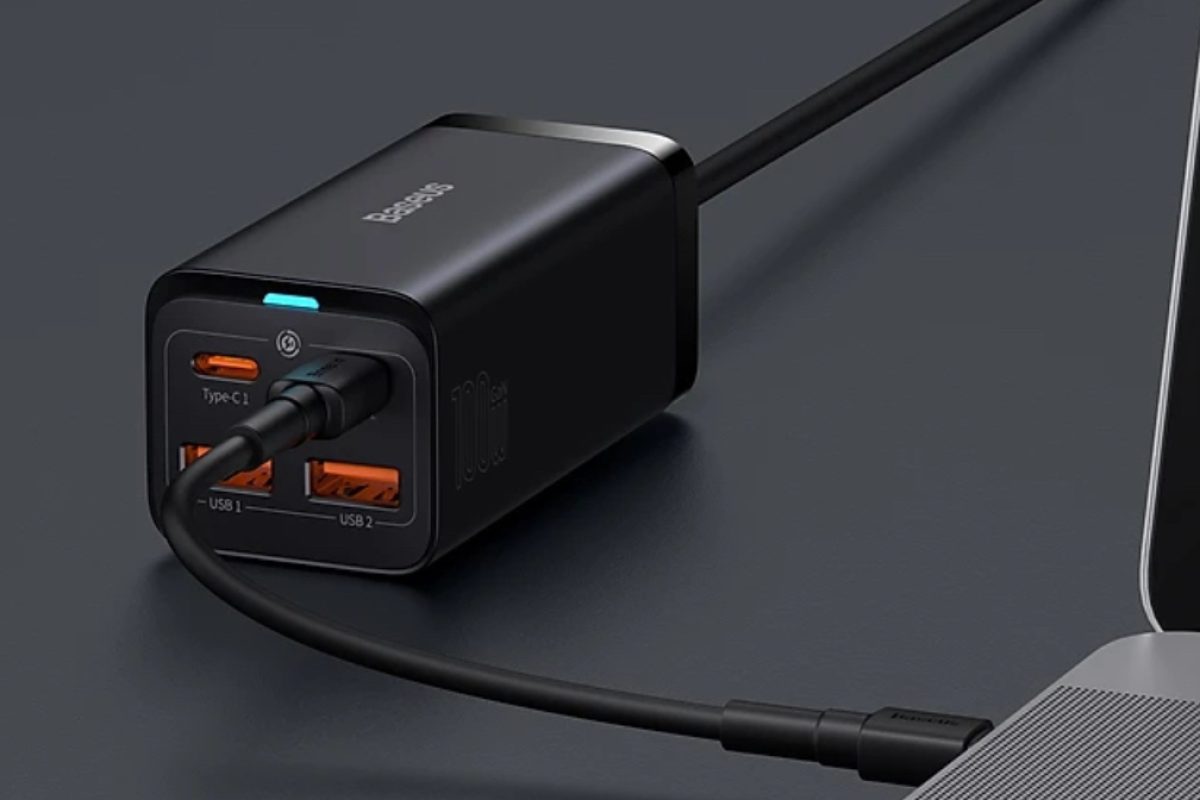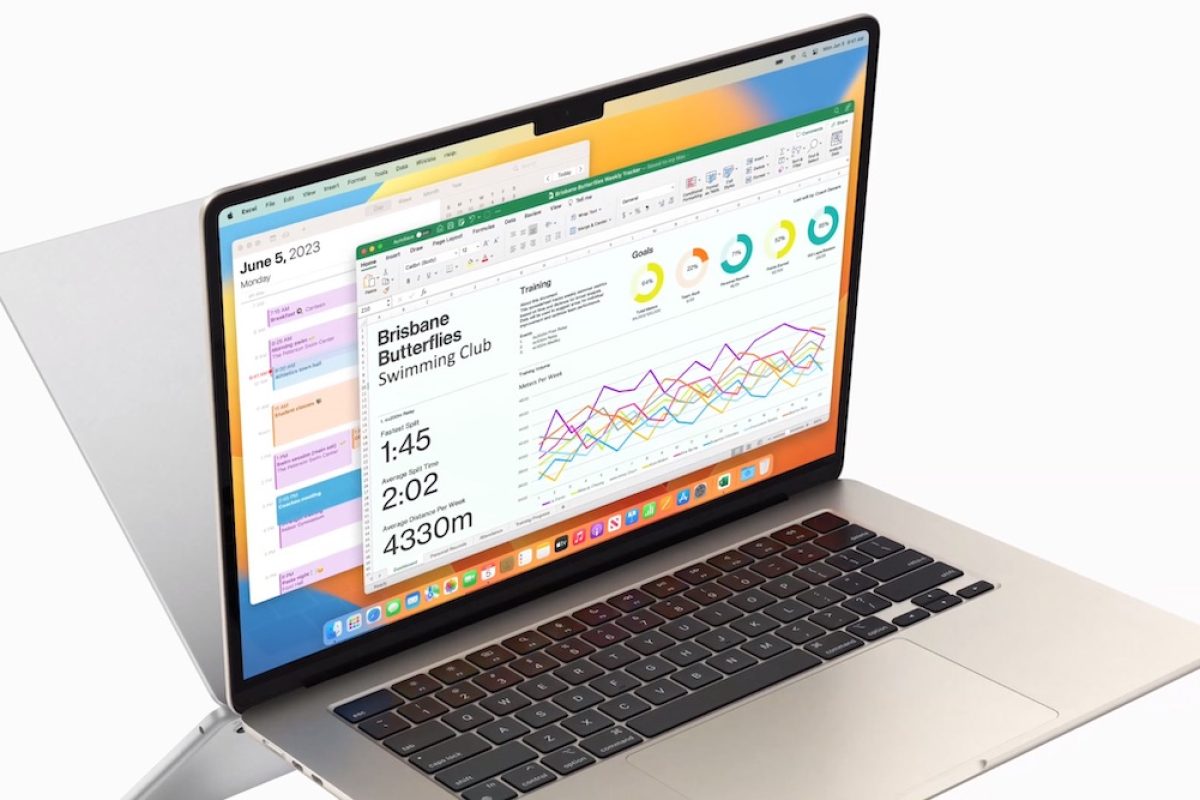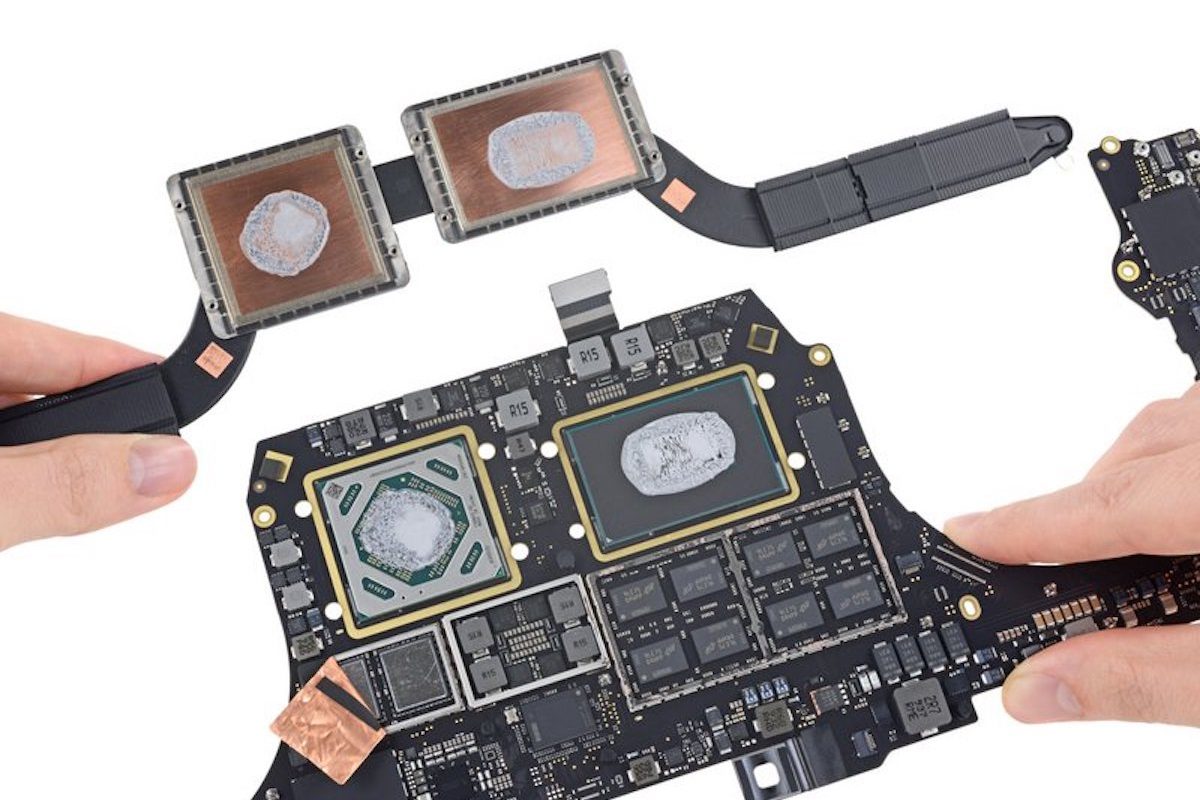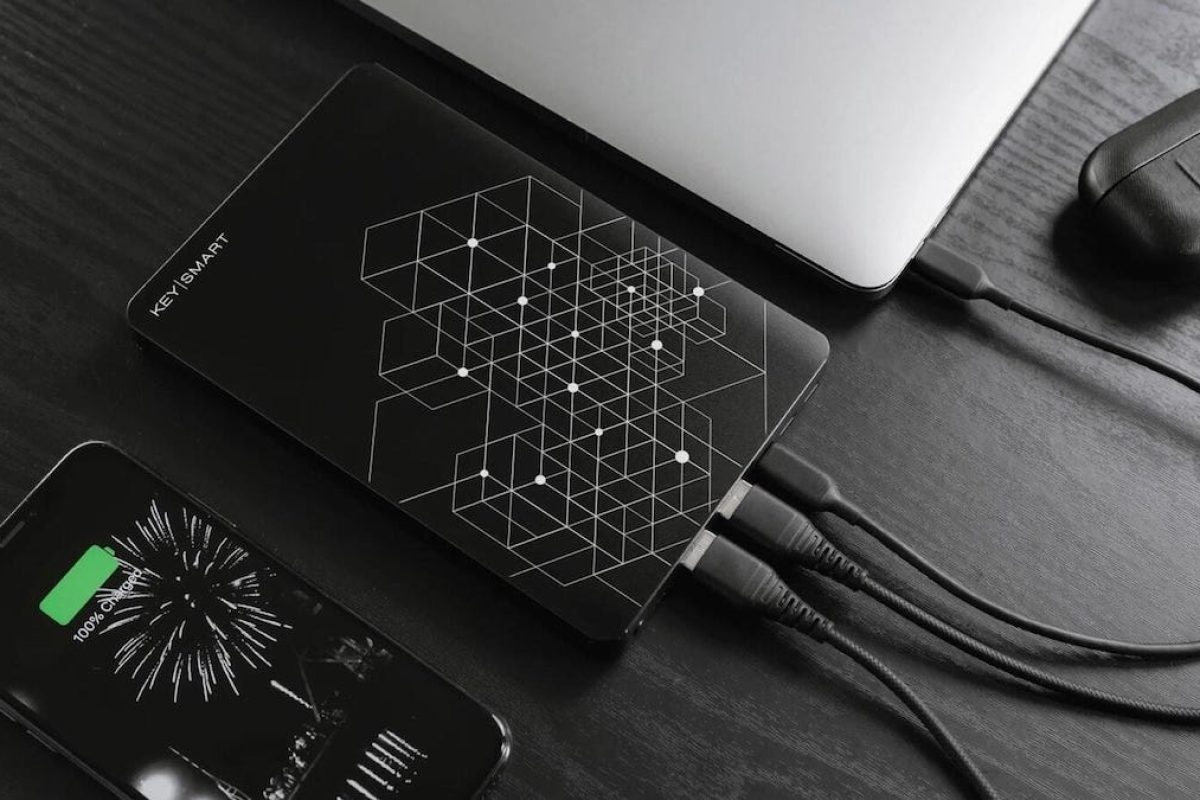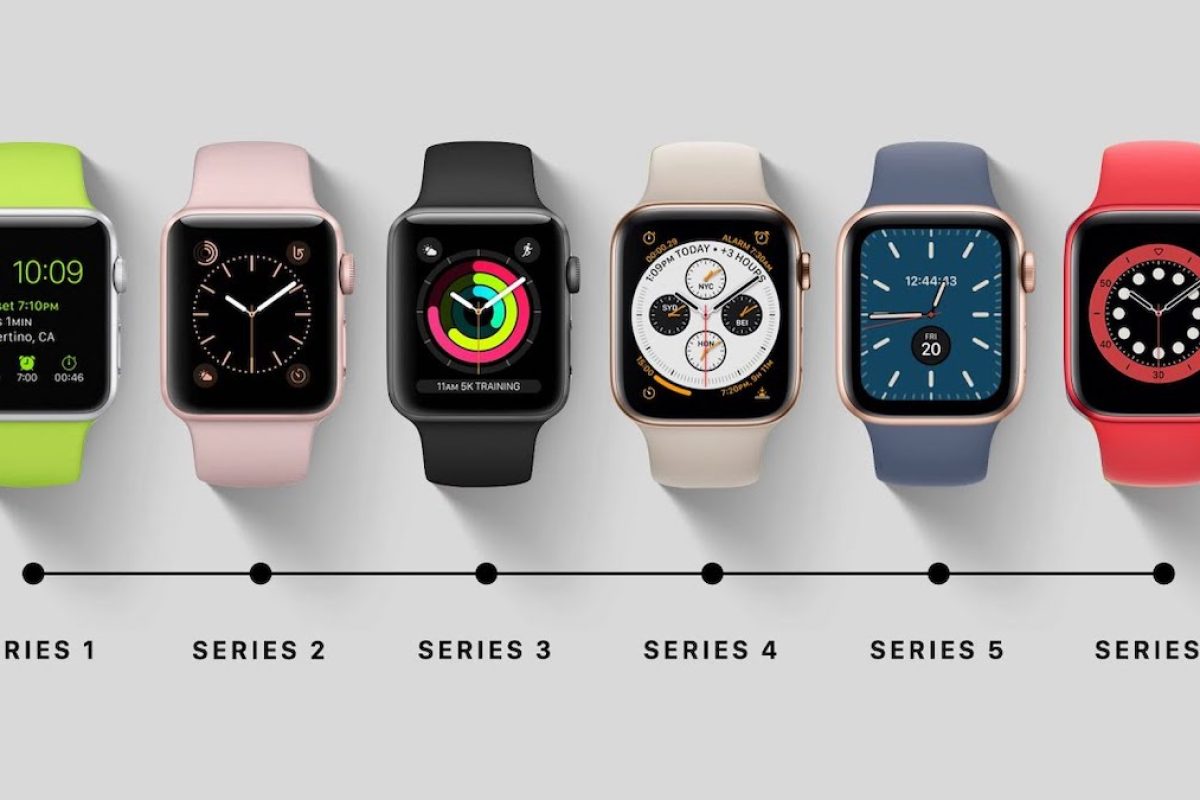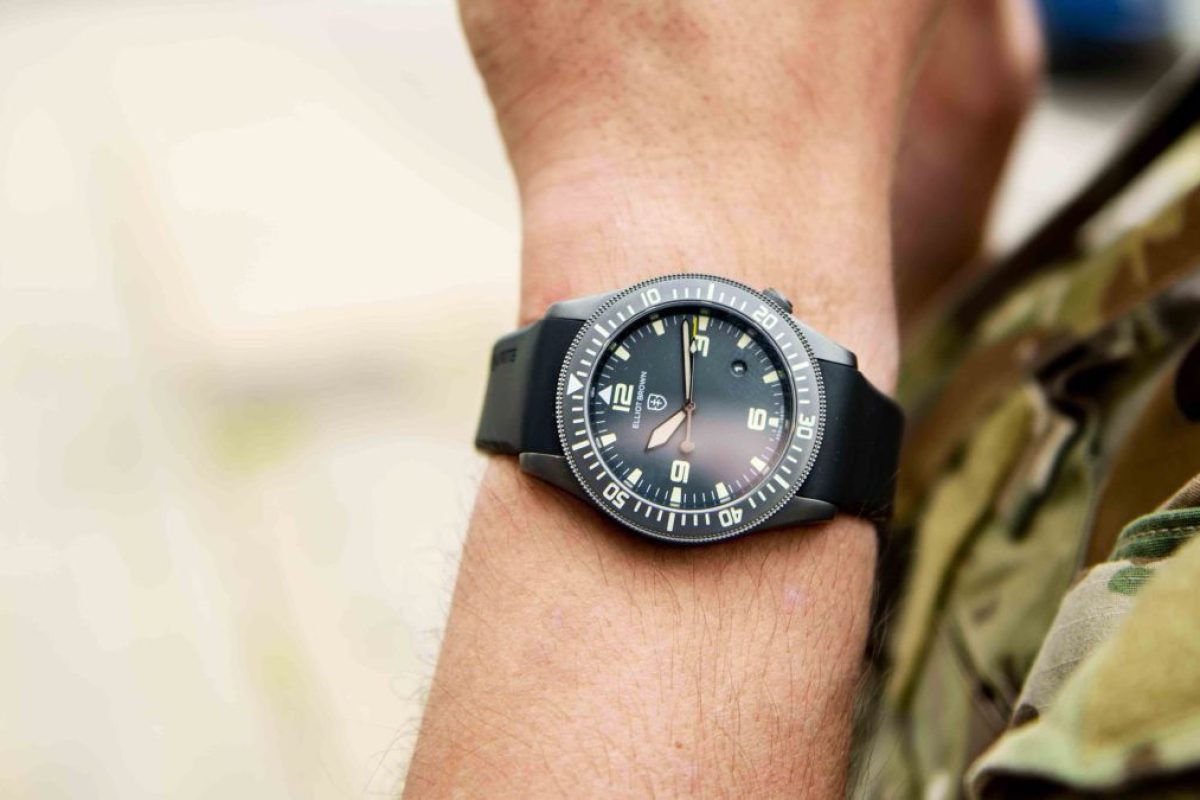Overview of recommended motorcycle models for women, how to choose a girl’s first moto, tips on power, weight, size, classes, and types of motorcycles
Manufacturing defects in Apple’s products
Examples of factory defects in Apple devices, how they occur, and why the company makes mistakes. Information about defects and how the manufacturer fixes them
Portable MacBook charger, how to choose the right one?
Useful tips on choosing an additional charging adapter for charging a Macbook. What to pay attention to, what parameters to consider (power, type of ports)
The new MacBook Air 2023: 15 inches of lightness and grace
A review and my own opinion of the new 15-inch MacBook Air 2023. What’s good about the big screen, why the laptop is the lightest and thinnest in Apple’s lineup
Thermal paste for different MacBook models
How to choose thermal paste for each MacBook model. Differences between MacBook Pro and MacBook Air (M1, M2) without cooling cooler
Choosing the best generator for home or office
Rules for choosing a generator for autonomous power supply at home, apartment, office, or shop. Types of generators, power, fuel, prices, advantages
External battery for charging MacBook. Which one to buy?
Choosing an external battery for a Macbook, which Power Bank is the best, its characteristics, capacity, power, availability of ports, and other parameters
A guide to all years of Apple Watch
All generations of Apple Watch with years and model names. Brief technical characteristics of the processor, RAM, drive, and versions. The history Apple Watch
How the Touch ID button works. Is it possible to replace it?
The principle of operation of the Touch ID touch button is how fingerprints are read. Is it possible to replace the Touch ID button if it stops working
How to use the bezel on a tactical and diving watch?
Many wristwatch models have additional functionality in the form of a swivel bezel. This element is also called limb or lunette. In fact, this is a ring around the dial with printed numbers, which can turn around its axis. There are varieties of both unidirectional rotation and bidirectional rotation. If you previously thought this was some kind of decorative element, then this is not. In fact, a bezel is a very useful feature, especially for tactical equipment for the military, tourists, and divers. Today I will tell you how to unleash its full potential.
What is the bezel on a watch for?
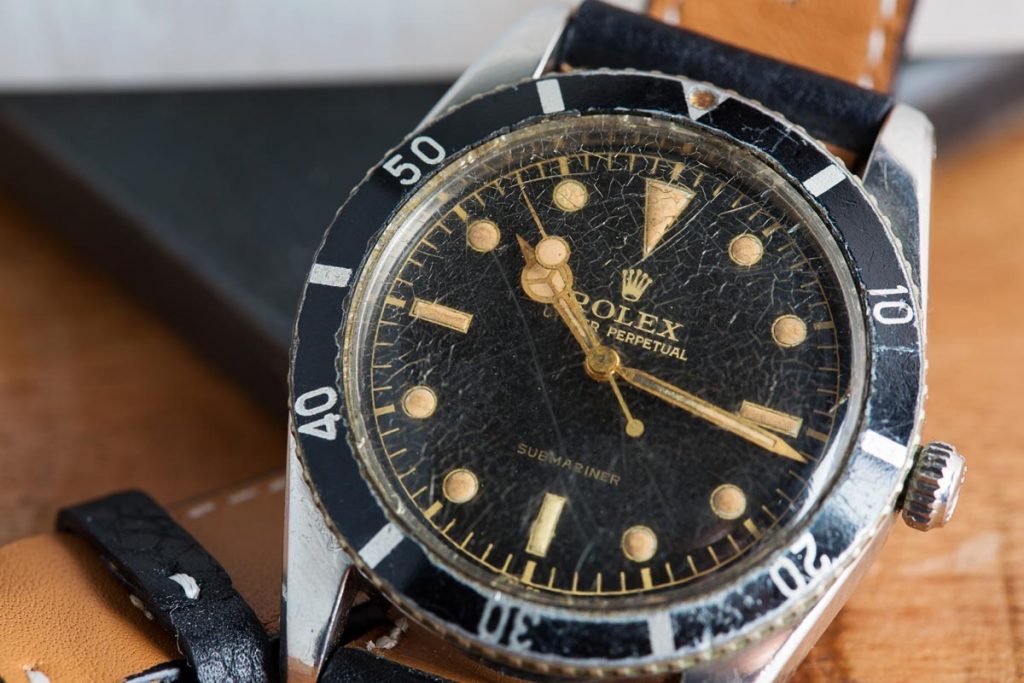
So, a brief historical background. It is believed that for the first time such a detail appeared on the Blancpain Fifty Fathoms watch, which was developed for the French special services. But the world-famous manufacturer Rolex made the bezel truly massive, with its legendary model Submariner (1953).
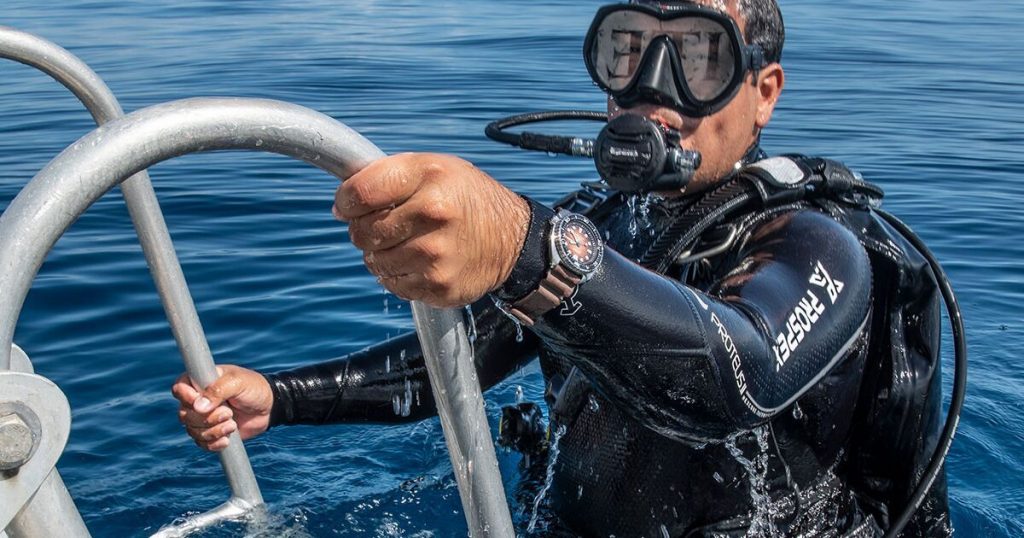
What is a bezel and what is it for? The answer is brilliantly simple. Initially, this element was intended for scuba divers, who needed to track the time of the dive and, accordingly, the remaining oxygen in the cylinder. Subsequently, the functionality found application in other areas.
How to use the bezel on the watch?
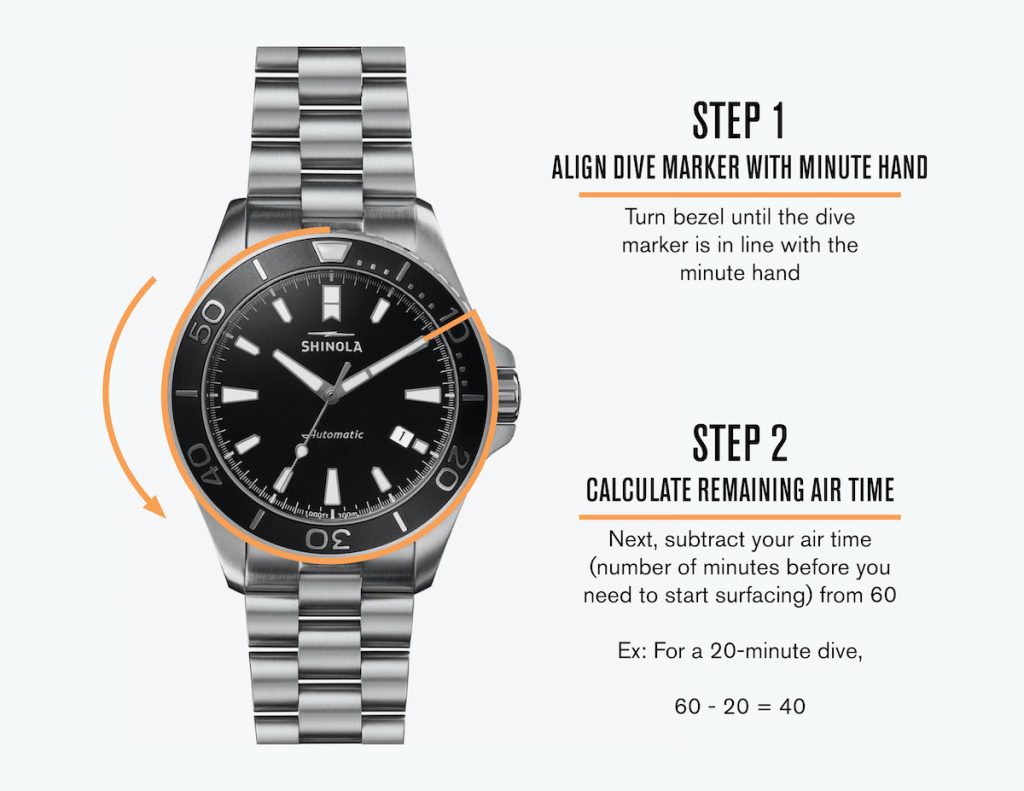
Now about the most important thing. If your “chronograph” has a bezel, you need to learn how to use it. Moreover, there is nothing complicated in this. Take a close look at the printed numbers on the rim. As a rule, this is a scale with an equal breakdown from 0 to 60. Sometimes “zero” will be replaced by the number “sixty”, which indicates the beginning and end of the cycle. These intervals represent minutes.
To start measuring time, you need to turn the bezel so that the “0” symbol coincides with the minute hand. In this way, the hand will move along the dial, and by referring to the numbers on the bezel ring, you can determine how many minutes have passed. Isn’t it brilliant?
The bezel on a military, tactical watch

As I already wrote, such an element was originally intended for divers, so this type of watch is often called “diving” or “divers”. But today I will talk about another very important way to use it. The fact is that the bezel can be used to fix the time of first aid on the battlefield. If you have experience in the military field, then you know how important this moment is.
Since I have some knowledge of tactical medicine, I can say that it is very important to control the time of applying a hemostatic tourniquet or tourniquet. Although most sources write that applying it for a maximum of 1-2 hours is recommended, this is not entirely correct. Yes, the tourniquet can be kept on the injured limb for quite some time. The only condition is that every 15 minutes, for a short period, it must be loosened and tightened again (if, of course, there is such an opportunity). Otherwise, the wounded may simply lose a limb, due to the lack of blood flow to the tissues and nerve endings.
Therefore, in my opinion, the bezel can be used to track those very 15 minutes. For this:
- When applying the tourniquet for the first time, turn the bezel “zero” to the minute hand.
- We track the movement of the arrow, and after fifteen minutes we loosen the turnstile for a couple of seconds and tighten it again.
- Again fix the bezel opposite the minute hand.
- We continue until it becomes possible to apply a hemostatic pressure bandage or transfer the wounded to a field hospital.
That’s all, I hope the tips were useful, read my blog, there will be many more interesting materials.



